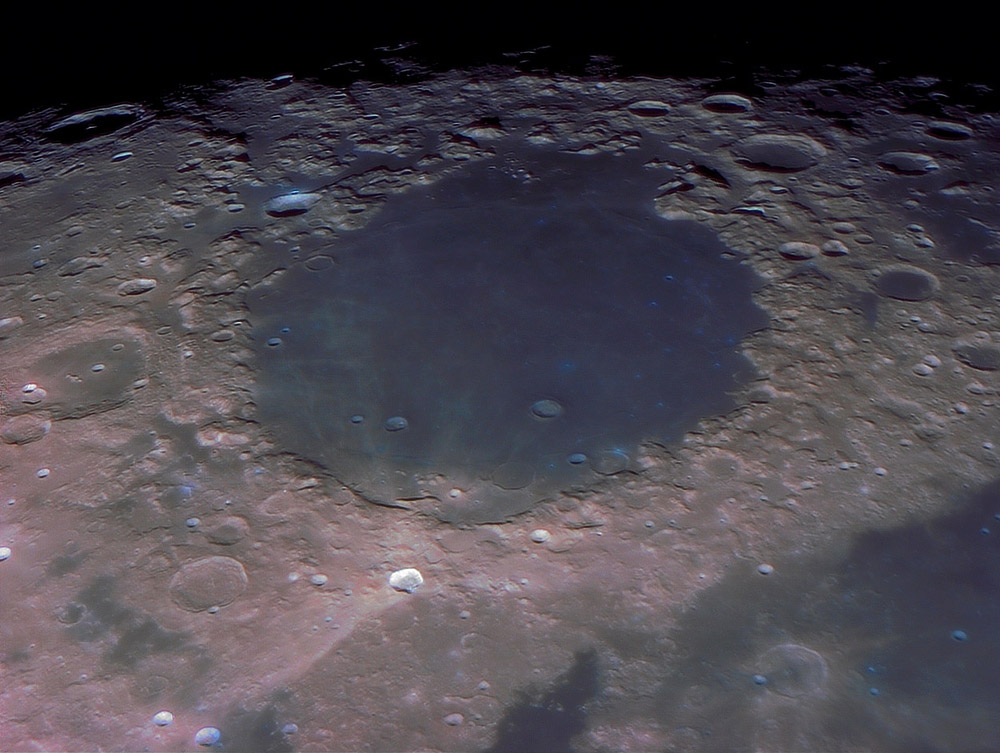Difference between revisions of "September 5, 2012"
| (2 intermediate revisions by the same user not shown) | |||
| Line 1: | Line 1: | ||
__NOTOC__ | __NOTOC__ | ||
=What's the Pink?= | =What's the Pink?= | ||
| + | <!-- Start of content --> | ||
<!-- ws:start:WikiTextHeadingRule:0:<h1> --> | <!-- ws:start:WikiTextHeadingRule:0:<h1> --> | ||
<!-- ws:start:WikiTextLocalImageRule:6:<img src="http://lpod.wikispaces.com/file/view/LPOD-Sep5-12.jpg/362067912/LPOD-Sep5-12.jpg" alt="" title="" /> -->[[File:LPOD-Sep5-12.jpg|LPOD-Sep5-12.jpg]]<!-- ws:end:WikiTextLocalImageRule:6 --><br /> | <!-- ws:start:WikiTextLocalImageRule:6:<img src="http://lpod.wikispaces.com/file/view/LPOD-Sep5-12.jpg/362067912/LPOD-Sep5-12.jpg" alt="" title="" /> -->[[File:LPOD-Sep5-12.jpg|LPOD-Sep5-12.jpg]]<!-- ws:end:WikiTextLocalImageRule:6 --><br /> | ||
<em>image by [mailto:jupiter182002@yahoo.ca// Maximilian Teodorescu], Dumitrana (Ilfov), Romania</em><br /> | <em>image by [mailto:jupiter182002@yahoo.ca// Maximilian Teodorescu], Dumitrana (Ilfov), Romania</em><br /> | ||
<br /> | <br /> | ||
| − | Looking in fresh ways at the lunar surface brings up new questions. Max's RGB image of the western shore of Mare Crisium shows a pink coloration that seems tied to the fresh crater Proclus. The sharp edge of the Proclus rays is the boundary of the pink so the pink does seem to be ejecta. If so the distribution is surprising. Pink ejecta dusts the hills and crater rims to the south (right), but the pink goes much further to the north. Pink covers Macrobius and terrain all around it and reaches over to te eastern rim of Cleomedes. This distribution is far more extensive than is seen in black and white [ | + | Looking in fresh ways at the lunar surface brings up new questions. Max's RGB image of the western shore of Mare Crisium shows a pink coloration that seems tied to the fresh crater Proclus. The sharp edge of the Proclus rays is the boundary of the pink so the pink does seem to be ejecta. If so the distribution is surprising. Pink ejecta dusts the hills and crater rims to the south (right), but the pink goes much further to the north. Pink covers Macrobius and terrain all around it and reaches over to te eastern rim of Cleomedes. This distribution is far more extensive than is seen in black and white [[January_31,_2006|images]]. If all of this pink is ejecta then there was more than we knew existed. And the concentration towards the northeast suggests that oblique angle of impact was more to the north than the indicated by the black and white rays.<br /> |
<br /> | <br /> | ||
<em>[mailto:tychocrater@yahoo.com Chuck Wood]</em><br /> | <em>[mailto:tychocrater@yahoo.com Chuck Wood]</em><br /> | ||
| Line 13: | Line 14: | ||
<br /> | <br /> | ||
<strong>Related Links</strong><br /> | <strong>Related Links</strong><br /> | ||
| − | Rükl plate [ | + | Rükl plate [https://the-moon.us/wiki/R%C3%BCkl+26 26]<br /> |
Max's [http://maximusphotography.wordpress.com/2012/09/03/detalii-lunare-in-culori-false-2-septembrie-2012/ website]<br /> | Max's [http://maximusphotography.wordpress.com/2012/09/03/detalii-lunare-in-culori-false-2-septembrie-2012/ website]<br /> | ||
<br /> | <br /> | ||
| Line 19: | Line 20: | ||
<p><b>Tomorrow's LPOD:</b> [[September 6, 2012|A Bite Out of the Terminator]] </p> | <p><b>Tomorrow's LPOD:</b> [[September 6, 2012|A Bite Out of the Terminator]] </p> | ||
<hr /> | <hr /> | ||
| + | {{wiki/ArticleFooter}} | ||
Latest revision as of 18:45, 18 August 2018
What's the Pink?

image by Maximilian Teodorescu, Dumitrana (Ilfov), Romania
Looking in fresh ways at the lunar surface brings up new questions. Max's RGB image of the western shore of Mare Crisium shows a pink coloration that seems tied to the fresh crater Proclus. The sharp edge of the Proclus rays is the boundary of the pink so the pink does seem to be ejecta. If so the distribution is surprising. Pink ejecta dusts the hills and crater rims to the south (right), but the pink goes much further to the north. Pink covers Macrobius and terrain all around it and reaches over to te eastern rim of Cleomedes. This distribution is far more extensive than is seen in black and white images. If all of this pink is ejecta then there was more than we knew existed. And the concentration towards the northeast suggests that oblique angle of impact was more to the north than the indicated by the black and white rays.
Chuck Wood
Technical Details
September 2, 2012, 00:59/01:42 u.t. C 11@F/10, DBK 41 AU02.AS, IR-pass filter (685nm), 1200 frames, Seeing 3-4/10. The method used to enhance the colors in this IR images was to acquire the .avi files in RGB32 codec and then apply some Photoshop auto-colors and auto-levels and then process the resulting images to make a decent-looking image but with real color-differences (although they are false colors, the actual differences both in color and in luminosity are real).
Related Links
Rükl plate 26
Max's website
Yesterday's LPOD: Humboldt 2
Tomorrow's LPOD: A Bite Out of the Terminator
COMMENTS?
Register, Log in, and join in the comments.



